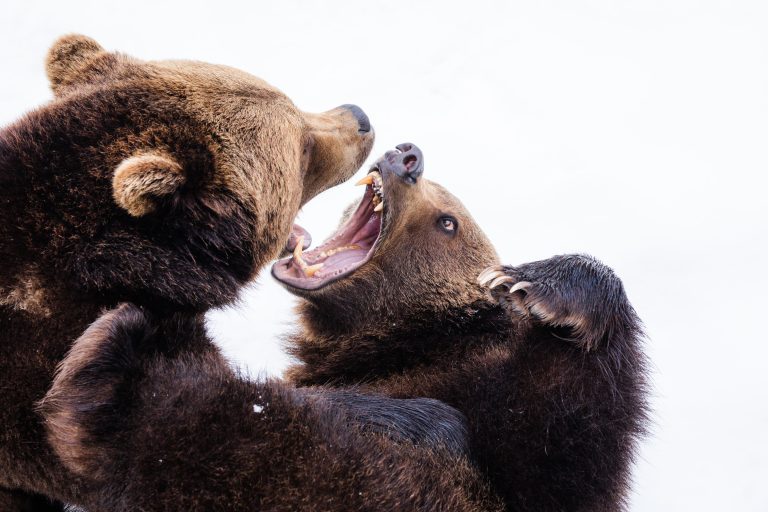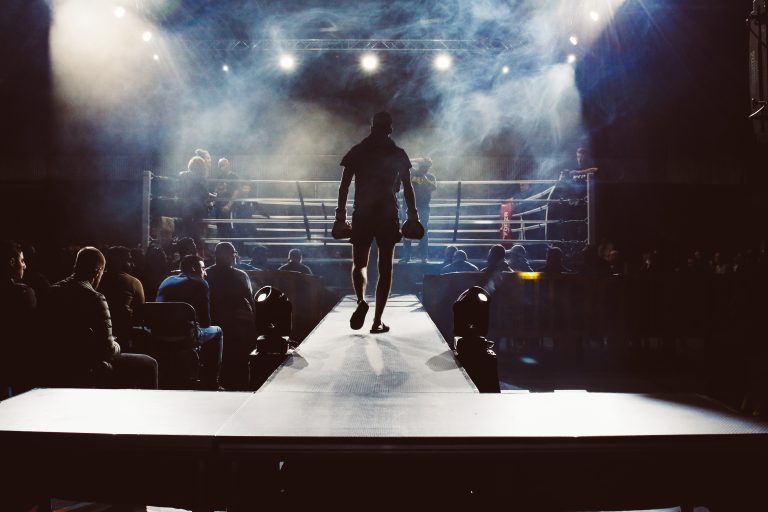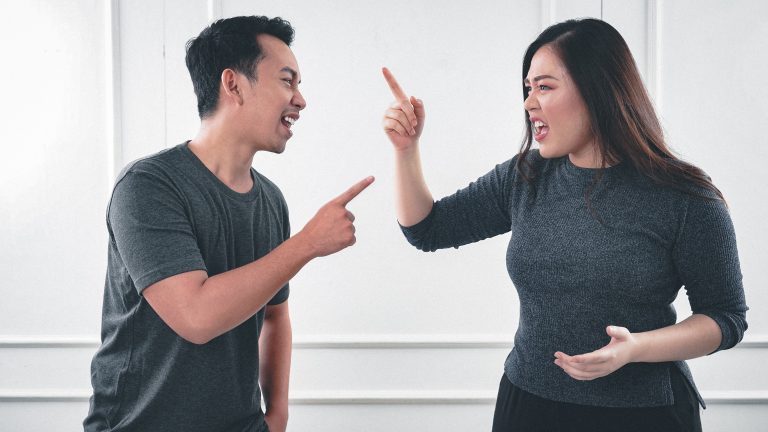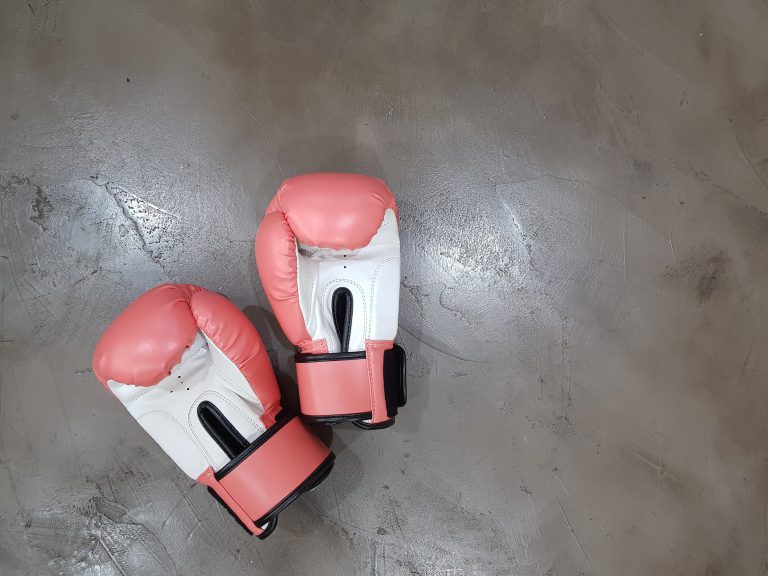The 10 Most Important Terms in Karate You Should Know
If you’re new to Karate, you may find that it comes with its own language that can be difficult to understand. The terminology used in Karate is essential to the practice, so it’s important to learn and understand these terms to become a proficient Karateka. Here are the 10 most important terms in Karate that you should know:
1. Karate
Karate is a Japanese martial art that incorporates various techniques, including strikes, kicks, and throws. Karate also emphasizes mental toughness, discipline, and self-defense.
2. Dojo
Dojo, which means “place of the way” in Japanese, refers to the school where Karate is practiced. Dojos may range from a small room to a large training center.
3. Sensei
Sensei is a Japanese term used to describe a teacher or instructor, often used as a title of respect for someone who has achieved a high level of mastery.
4. Kumite
Kumite refers to sparring, which is a form of practice where two Karatekas engage in a controlled fight.
5. Kata
Kata is a series of predetermined movements that simulate a fight against imaginary opponents. Kata is an important element of Karate training and is used to develop perfect form, technique, and timing.
6. Gi
The Gi is the traditional Karate uniform that covers the body and arms. The Gi has a loose fit to allow for a range of movement and is made of breathable fabric to keep you cool during training.
7. Obi
Obi, also known as a belt, is worn around the waist to keep the Gi in place. The color of the Obi indicates the level of proficiency, with black being the highest level.
8. Dan
Dan is a ranking system used in Karate to determine a practitioner’s level of proficiency. The higher the Dan, the more experienced and skilled the practitioner is.
9. Kiai
Kiai is a vocalization technique used to generate power, focus, and intensity when striking or performing a technique. Kiai is often used to intimidate opponents and is an essential part of Karate training.
10. Zen
Zen is a school of Buddhism that emphasizes meditation and self-awareness. Zen is often practiced by Karatekas to focus their mind and enhance their physical and mental abilities.
In conclusion, these 10 terms are crucial to Karate training and understanding the practice. Learning and understanding these terms will not only improve your Karate skills but also increase your respect and appreciation for the art.
The 10 Most Important Terms in Karate You Should Know
Karate is a martial art that originated in Okinawa, Japan, and has spread to become popular all over the world. It is a discipline that requires a lot of practice, discipline, and patience. For someone new to Karate, there might be many terms and phrases that they might not have encountered before. In this blog post, we cover the ten most important terms in Karate that you must know.
1. Karate
Karate means ‚empty hand‘. This term describes the martial art of using your body, and not weapons, for self-defense. Karate is practiced all over the world and has different styles such as Shotokan, Goju-ryu, Wado-ryu, and Shito-ryu.
2. Dojo
The Dojo is the place where Karate practitioners learn and practice the art. It is a sacred and respected place where manners and customs should always be observed. The Dojo is a place for concentration and discipline, and always has a designated area for students to bow and show respect.
3. Sensei
Sensei is a Japanese term that means ‚teacher‘ or ‚instructor.‘ In Karate, Sensei is usually the head instructor, and all students should respect and obey them. The word Sensei can also be used as a suffix to a person’s name, to show respect for their higher rank.
4. Kata
Kata is a series of movements or techniques in a pre-set pattern, done solo or with a partner. It is a training method to develop technique, speed, power, and correct form. There are many different Kata in Karate, and each style has its variations.
5. Kumite
Kumite is the sparring portion of Karate training. It is the application of the techniques learned in Kata in a real fighting situation. Kumite is an essential part of Karate training and helps develop timing, distance, and reaction time.
6. Gi
The Gi is the traditional uniform worn in Karate. It is usually made of cotton and consists of a jacket, pants, and belt. The Gi has different colors, and the color signifies a student’s level of experience and expertise.
7. Obi
Obi is the Japanese term for ‚belt.‘ The belt represents a student’s level of experience and skill in Karate. Different colors signify the rank or grade of a student, with black being the highest rank.
8. Kiai
Kiai is the shout or yell made during a technique or movement in Karate. It is a way of focusing your energy and releasing tension. Kiai can also be used to intimidate or distract opponents.
9. Makiwara
Makiwara is a training tool used in Karate. It is a padded board or post that is used to develop striking power and accuracy. Makiwara training also helps develop proper technique and stance.
10. Shihan
Shihan is a Japanese term that means ‚teacher of teachers.‘ It is a title of the highest rank in Karate and is usually awarded to instructors who have many years of experience and knowledge in the art. Shihan is a title of great respect, and holders of this rank are considered to be experts in Karate.
Conclusion
Karate is a martial art that requires dedication and commitment to master. Learning the language of Karate is an essential part of the learning process. The ten terms outlined in this blog post are important to know, but they are just a small part of what someone needs to learn to become proficient in Karate. With continued practice and dedication, anyone can become skilled in the art of Karate.
Inhaltsverzeichnis






